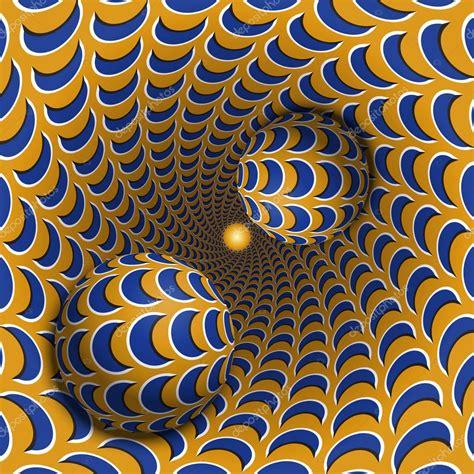Have you ever gazed at a picture that appeared to move, bend, or shift color—even when it was motionless? That's an optical illusion—one of the most fascinating tricks your brain plays on you. But what makes them happen? And why do we fall for them?
What Are Optical Illusions?
Optical illusions are photographs or visual deceptions that trick your brain into perceiving something that does not exist—or misinterpreting what does exist. It's not your eyes that are being deceived—it's your brain.
Your eyes pick up light, but it is the brain that interprets it as pictures. Occasionally, your brain will fill in gaps or make fast guesses to help you know what you're seeing quickly—and that's when illusions slip in.
Types of Illusions
Literal Illusions – When you view an image that's totally different from the actual thing (such as the classic duck or rabbit photograph).
Physiological Illusions – When your eyes become overwhelmed with light, color, or patterns (such as a whirling spiral that continues to rotate even after you've turned away).
Cognitive Illusions – When your brain mistakenly assumes things (such as impossible shapes or infinite staircases).
Why Does the Brain Get Fooled?
Your brain likes shortcuts. It uses what it already knows to guess what you’re seeing. This is helpful in real life—like quickly spotting a tiger in the bushes—but with illusions, it causes errors.
It also relies heavily on:
Shadows and light to judge depth
Edges and lines to judge size and shape
Patterns and colors to predict movement
When these clues are manipulated, the brain gets confused—and voilà! An illusion is born.
Famous Examples
The Müller-Lyer Illusion: Two lines of equal length seem unequal due to the arrowhead tips at each end.
The Dress: Some perceived it as white and gold, others as blue and black—due to how the brain estimated the lighting.
The Ames Room: A perspective-distorted room that makes individuals appear giant or miniature depending on their position.
Why It Matters
Illusions explain to scientists how the brain and vision interact. They also demonstrate how reliant we are on assumptions, memory, and context in everyday life—not merely in puzzles or art.
Conclusion
Optical illusions teach us that what we see isn't always reality. They demonstrate how incredible—and sometimes untrustworthy—our brains are. So the next time a photo fools your eyes, don't feel cheated. Be amazed. You just experienced a front-row seat to the magic of the human mind.

